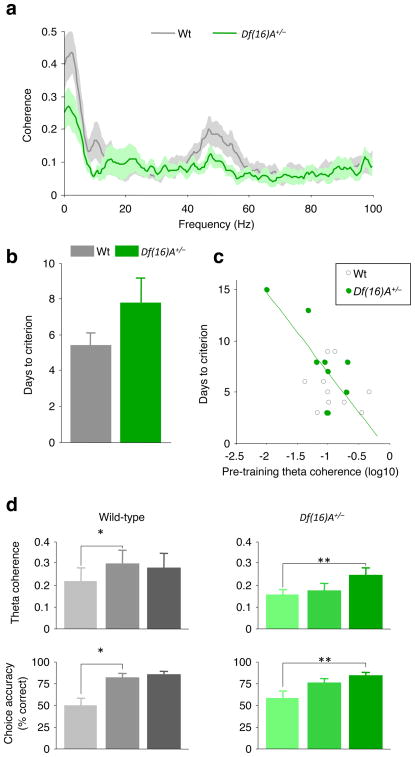Figure 3. Reduced hippocampal–prefrontal synchrony correlates with behavioural performance in Df(16)A+/− mice.
a, Coherence between the prefrontal cortex and the hippocampus during habituation sessions before training on the spatial working memory task. b, Days taken to reach criterion performance on the spatial working memory task. c, Days taken to reach criterion versus theta coherence during habituation sessions for each animal. Animals with lower theta coherence before training take longer to learn the spatial working memory task. Green line, linear regression of data from Df(16)A+/− mice d, Development of hippocampal–prefrontal coherence during acquisition of the working memory task: theta coherence (top) and choice accuracy (bottom) during early (trials 1–5), middle (trials 26–30) and late (session in which criterion was reached) stages of training in wild-type (left) and Df(16)A+/− (right) mice. *P < 0.05, **P < 0.01. Data shown, mean ± s.e.m.

